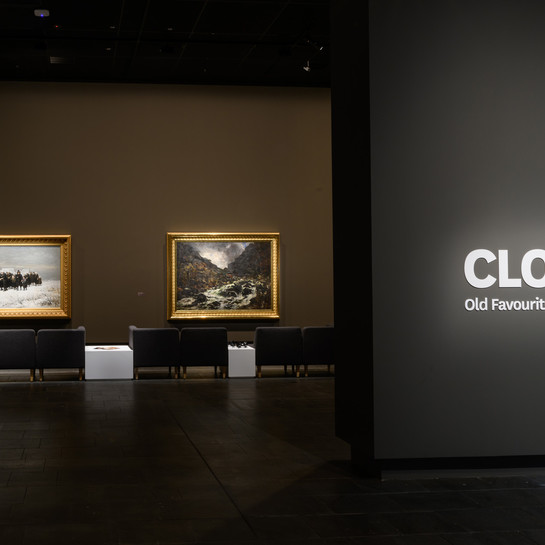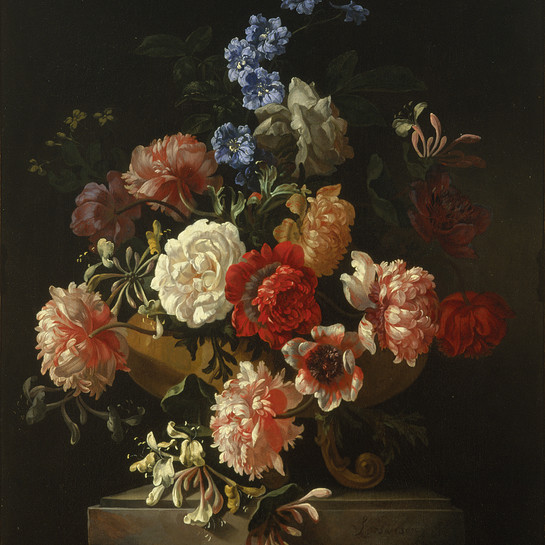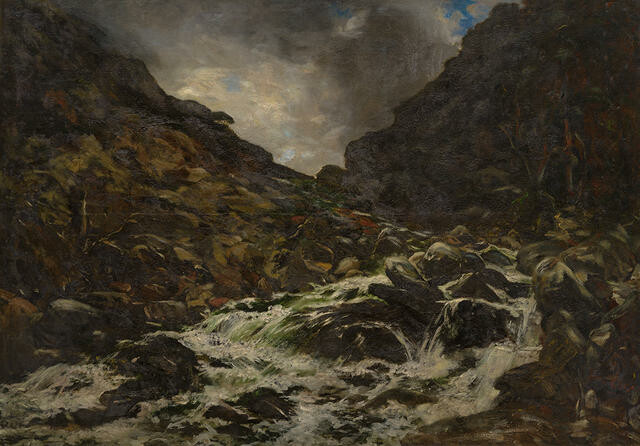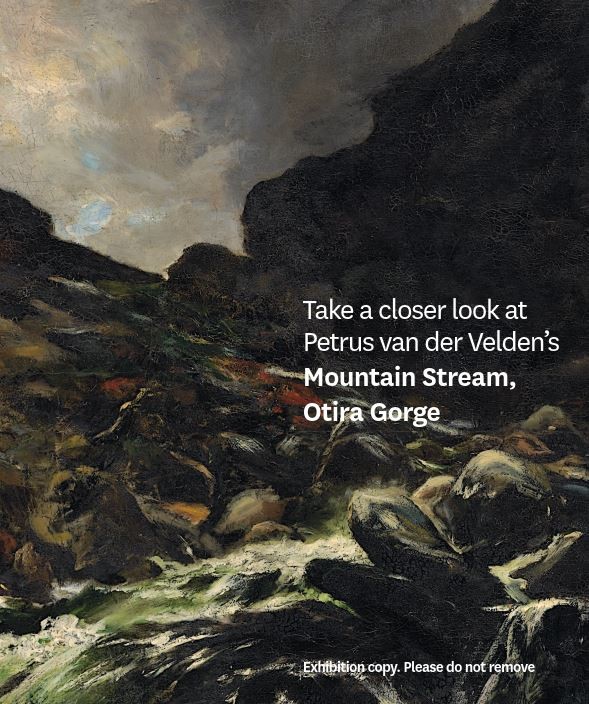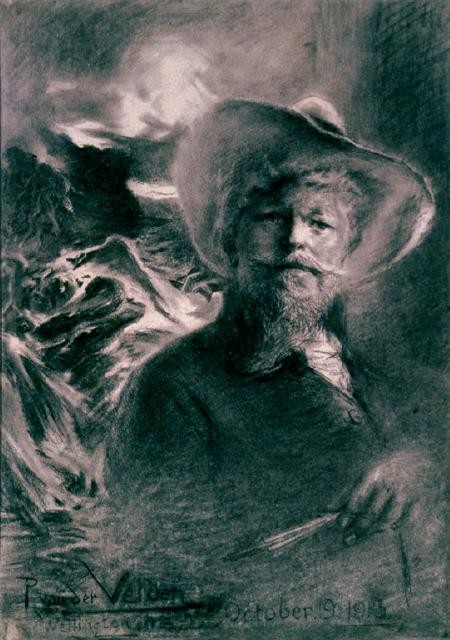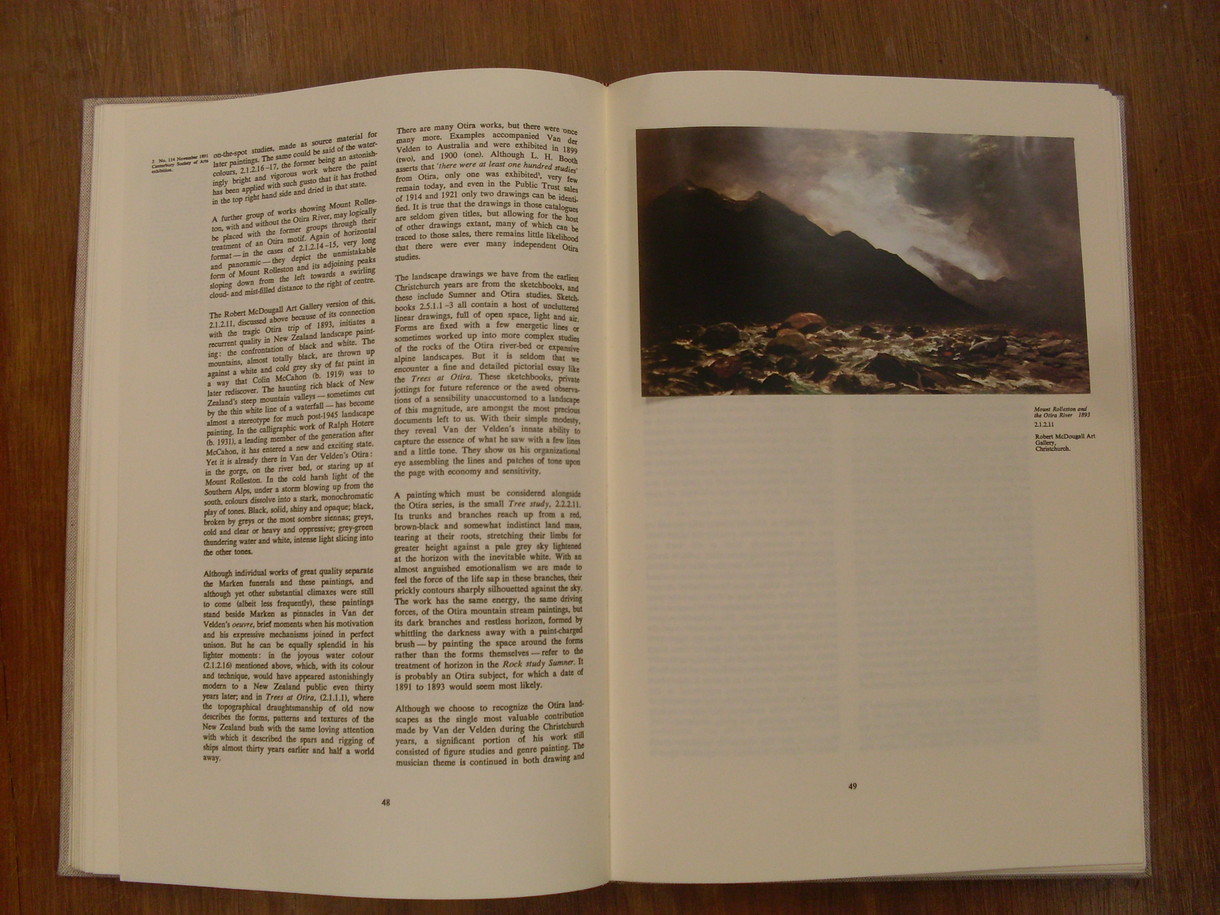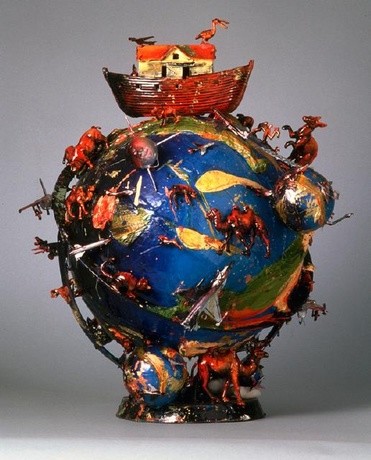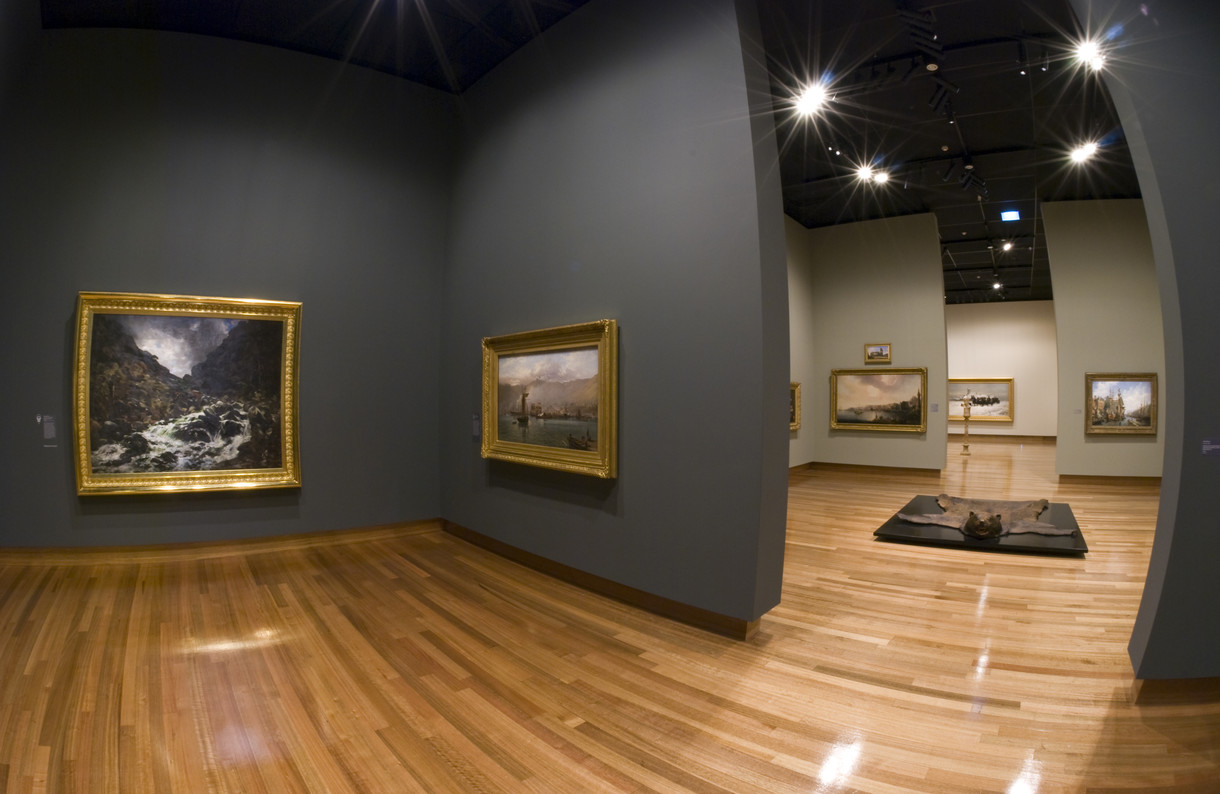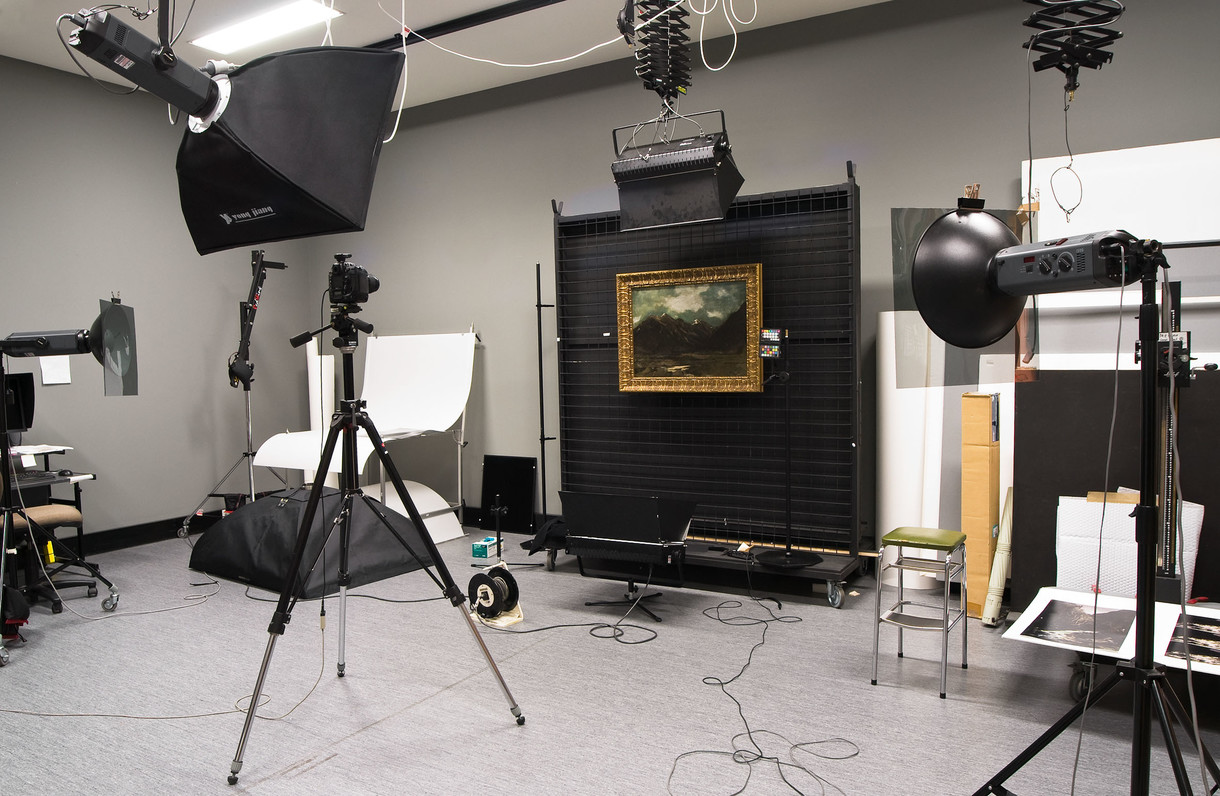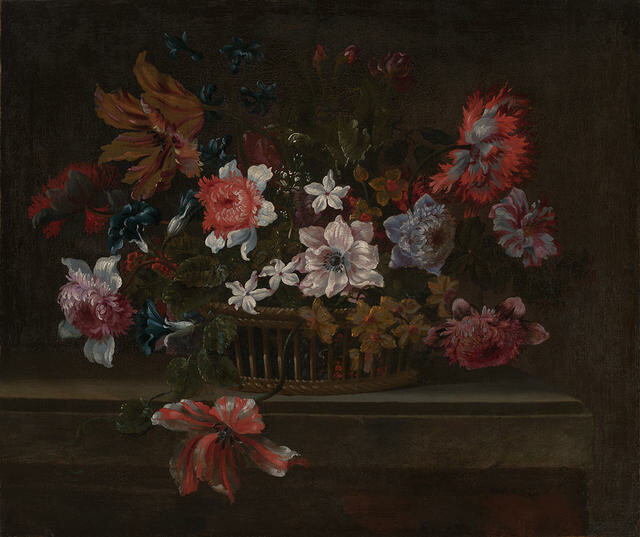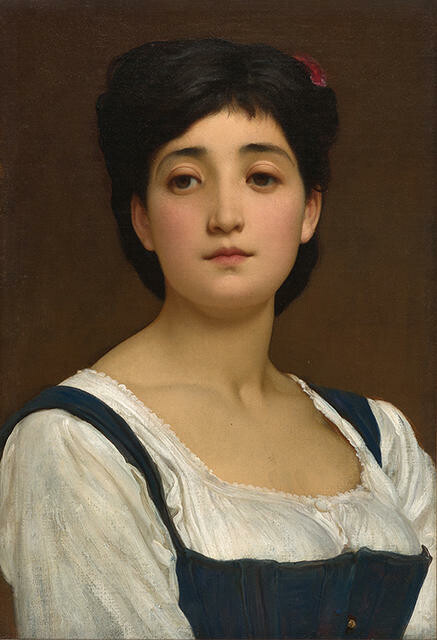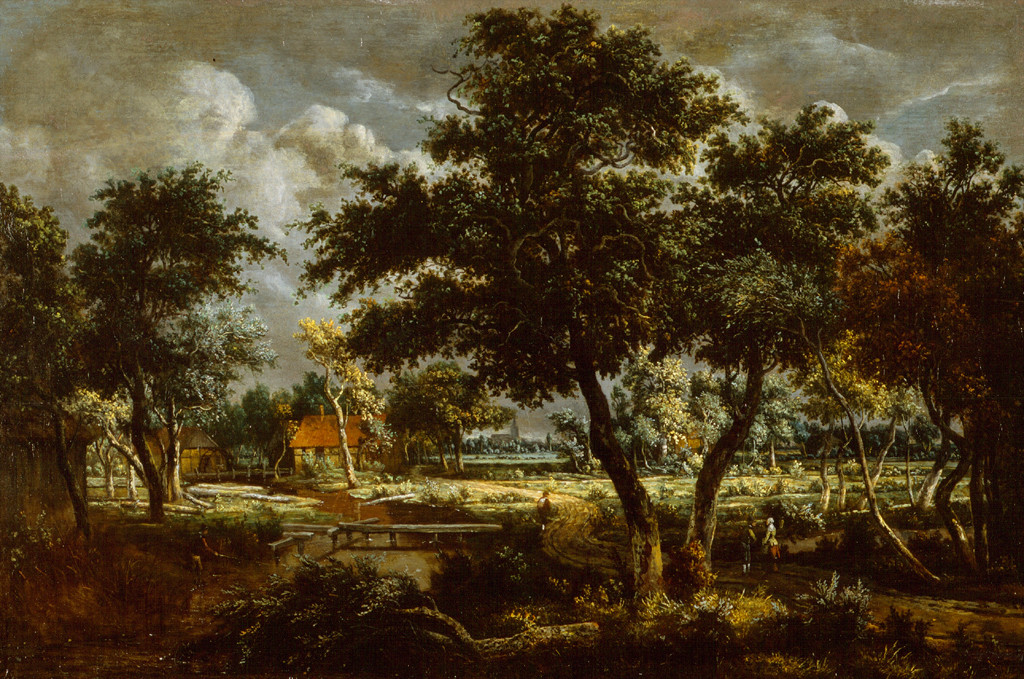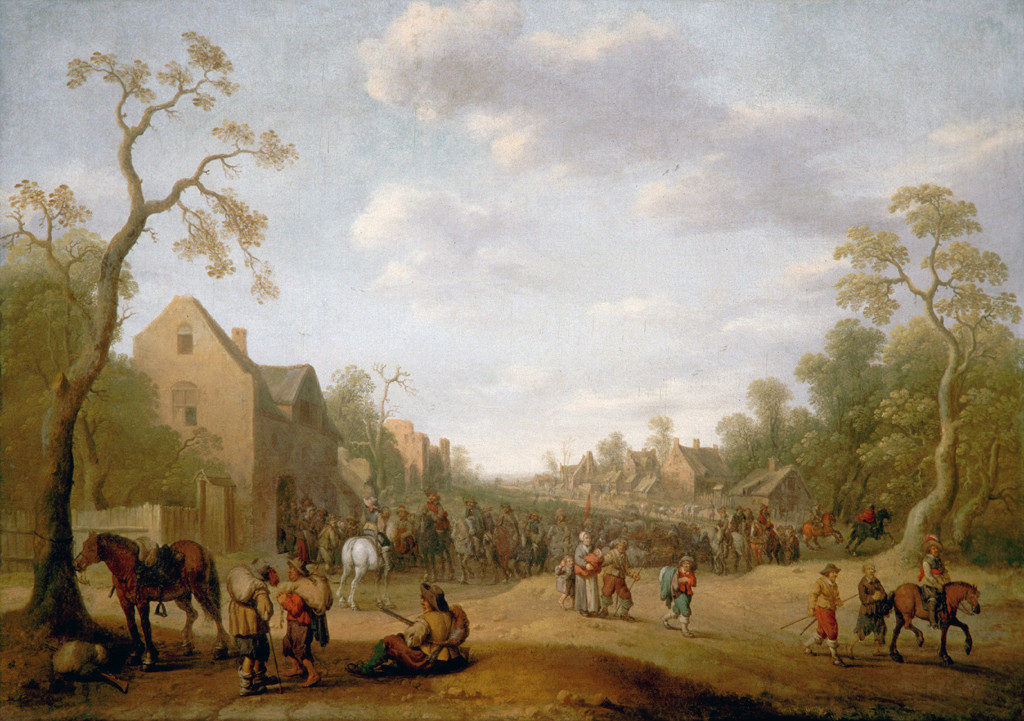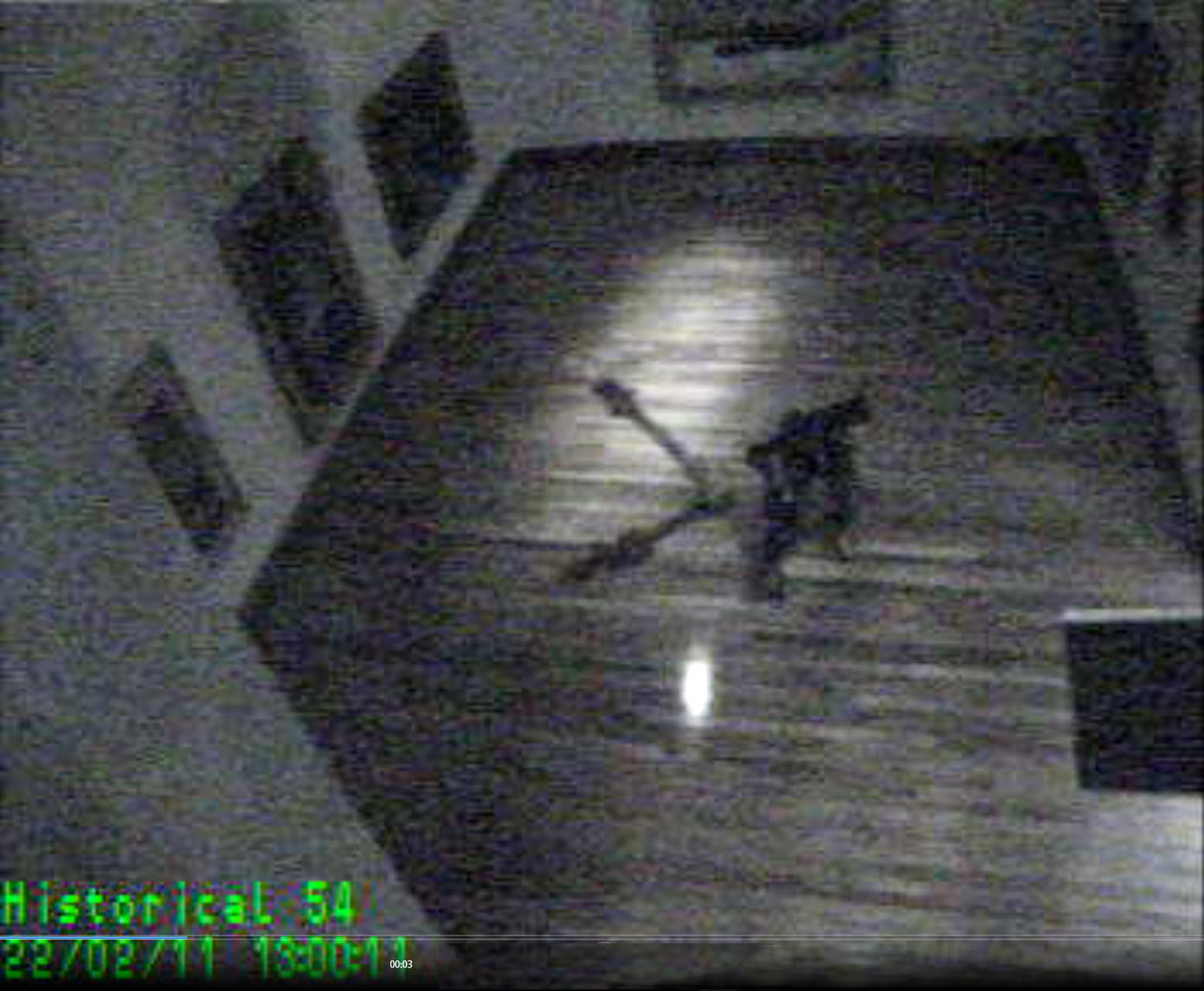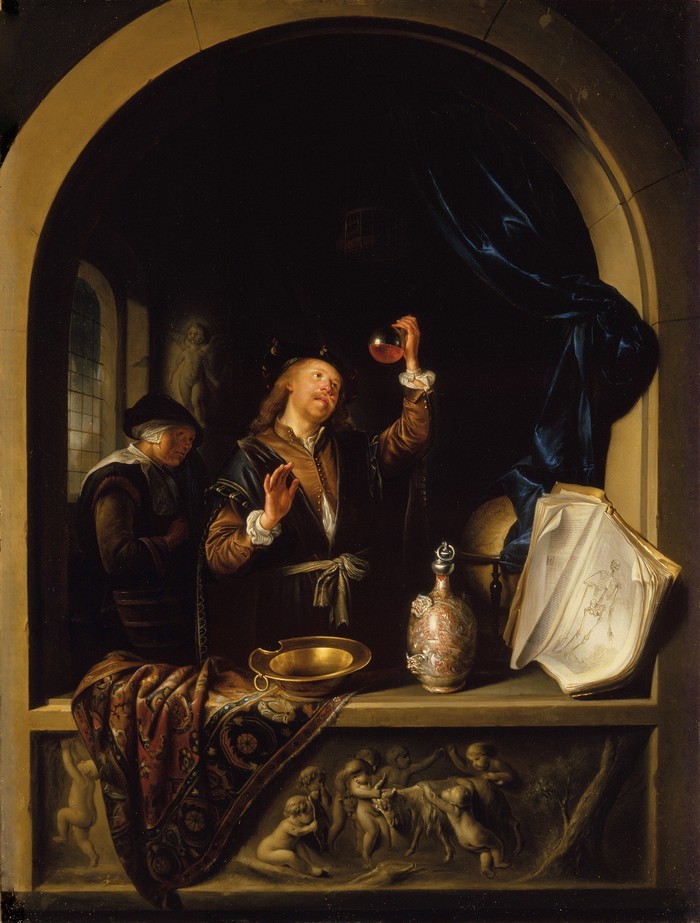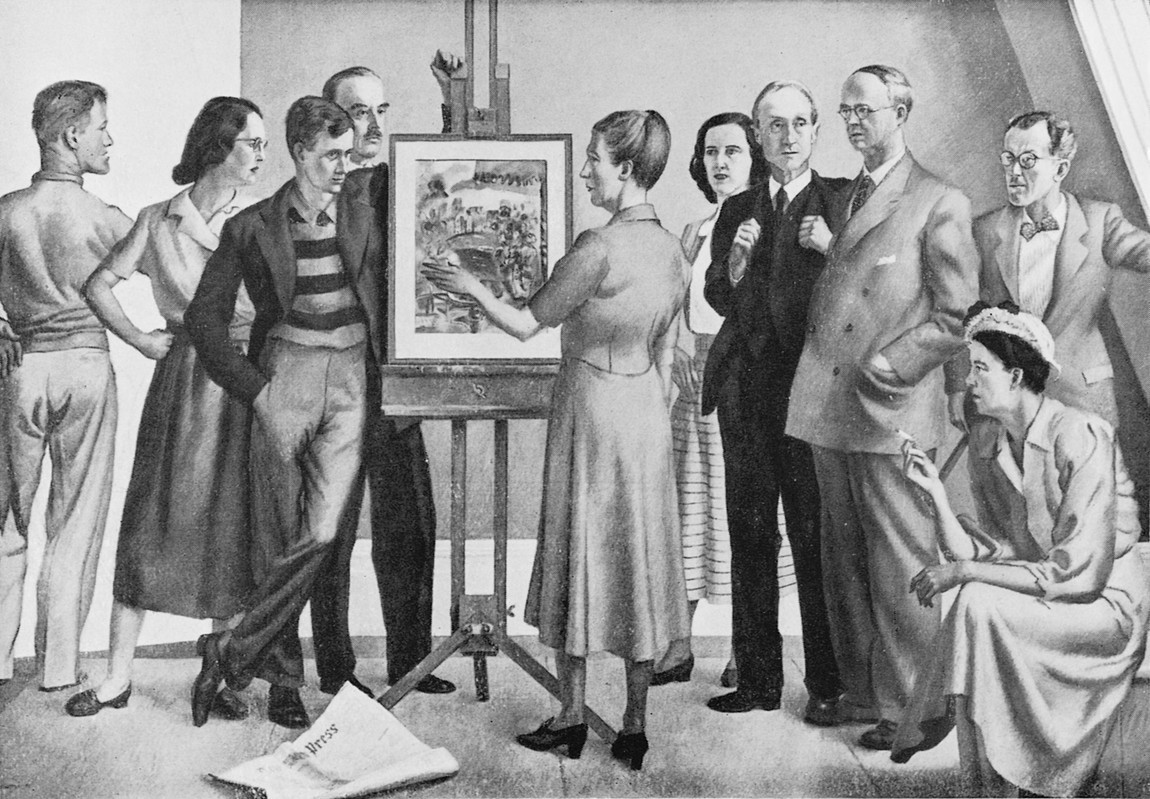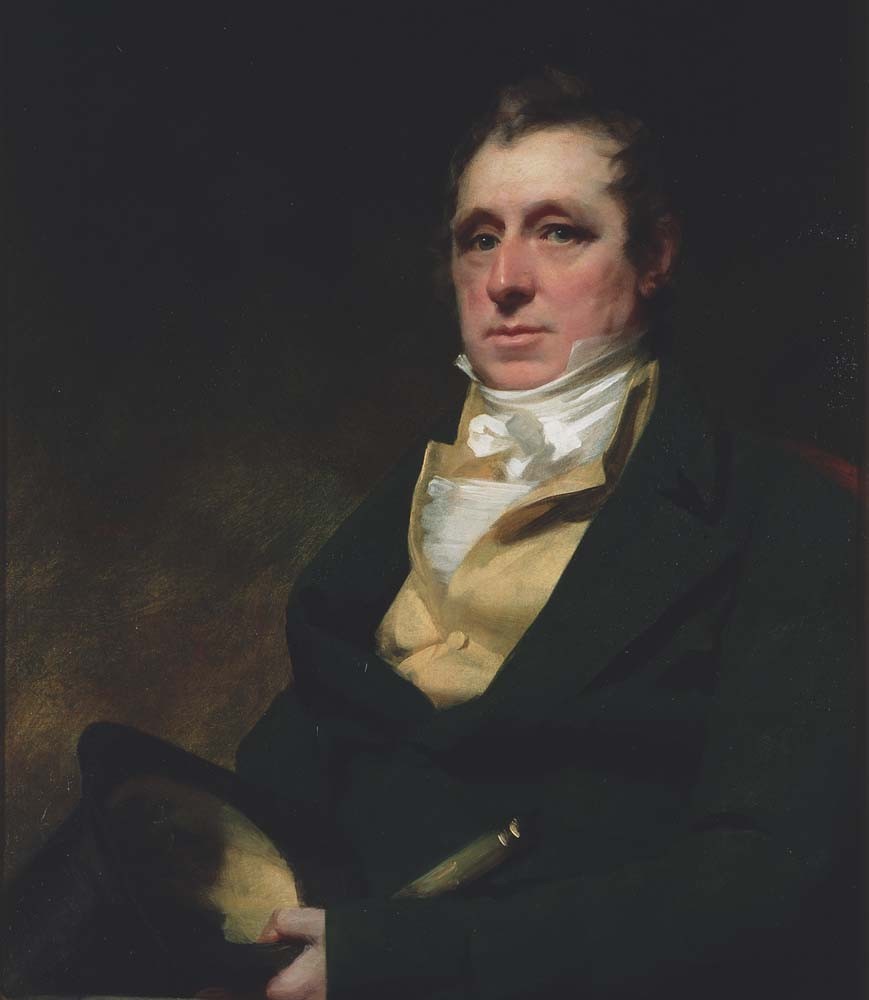Petrus van der Velden
Netherlands / Aotearoa New Zealand / Australia, b.1837, d.1913
Mountain Stream, Otira Gorge
- 1893
- Oil on canvas
- Christchurch Art Gallery Foundation Collection, purchased 1996
- 1445 x 2020 x 35mm
- L85/82
- View on google maps
Tags: landscapes (representations), mountains, natural landscapes, rivers
The Rotterdam-born Petrus van der Velden arrived in New Zealand in 1890. Following his first visit to Otira Gorge in January 1891, he became engrossed with this subject, and painted its powerful, surging torrents many times over the next two years.
This painting was purchased by Gilbert Anderson, a leader in New Zealand’s frozen meat industry, also involved with the Canterbury Society of Arts. Anderson sold it to the Society in 1912; it was purchased from them in 1996 through the Community Trust and Christchurch Art Gallery Trust.
(Treasury: A Generous Legacy, 18 December 2015 – 27 November 2016)
Exhibition History
Brought to light, November 2009- 22 February 2011
Petrus van der Velden’s arrival in Christchurch in 1890 was a watershed moment for the city’s fledgling art scene. One of the first truly professional artists to settle in the region, he brought with him over thirty years of experience as a practising artist in the Netherlands. Within a year of his arrival in Christchurch Van der Velden had become captivated by the sublime grandeur of the Otira Gorge. Often working on a large scale, his expressive treatment of this subject portrays the region as indomitable and untouched. For van der Velden – who once stated ‘I serve my God in studying nature’ – God was represented by nature in all its untouched splendour.
Petrus van der Velden’s ‘mountain stream’ is the Otira River, which flows down the Otira Gorge on the West Coast side of Arthur’s Pass. Van der Velden first went there in January 1891. At that time visiting this area involved a hard day’s travel from Christchurch, over ill-made roads and several unbridged rivers, but it was a region that powerfully caught Van der Velden’s imagination. The romantic landscape, unpeopled and wild, was inspired by the 19th century interest in the ‘sublime’. Van der Velden has successfully captured the awe-inspiring aspect of the flooding river, the dark, bush clad mountain slopes and the gathering storm clouds. Born in Rotterdam, Van der Velden established himself as a painter, particularly of marine subjects, before he and his wife emigrated from Holland in 1890. Van der Velden struggled to make a living in Christchurch, however, and went to Sydney in 1898. He returned to settle in Wellington in 1904 but was living in Auckland when he died. (Opening Gallery hang, 2003)
